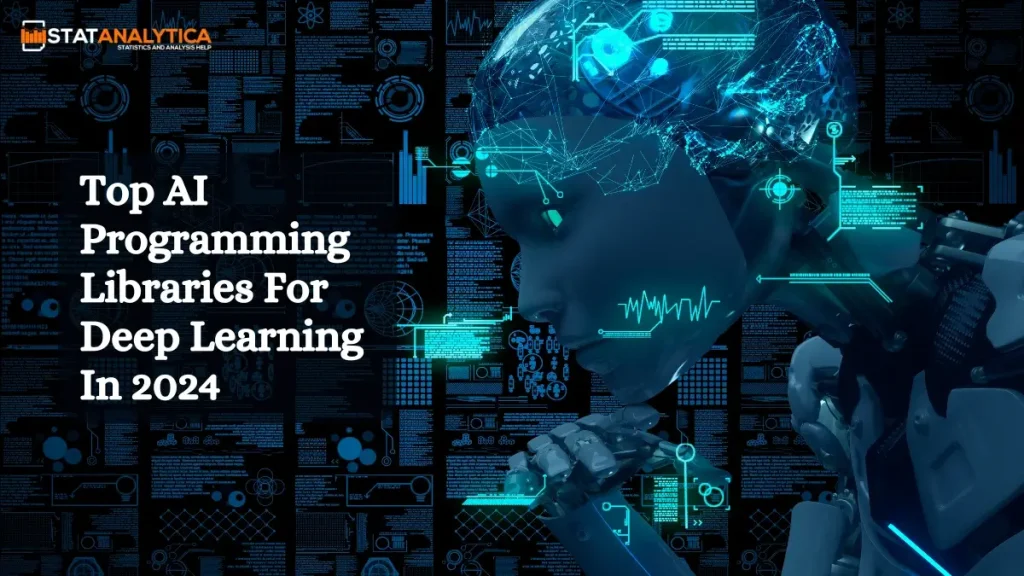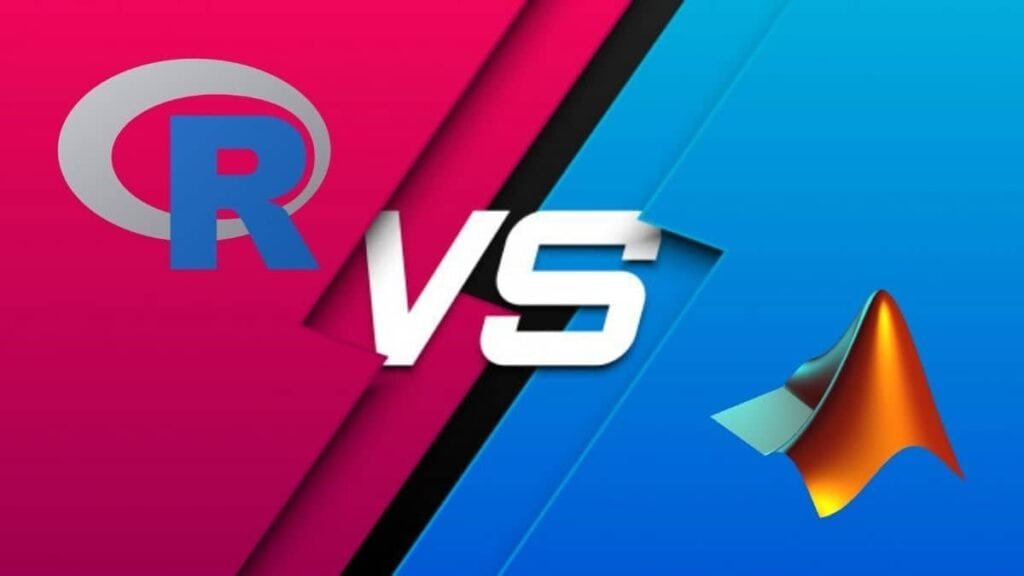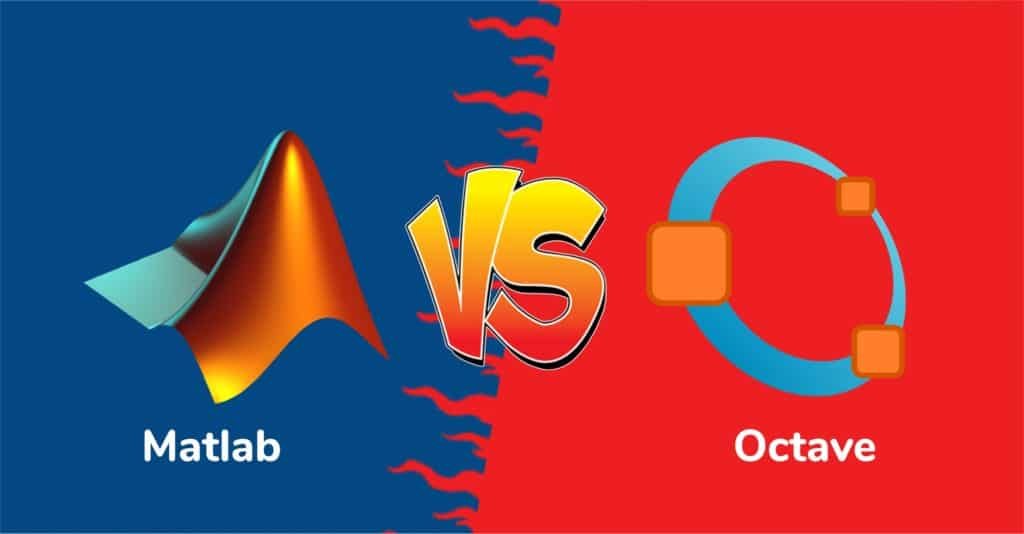Deep learning is behind many of the smart technologies we use today, like voice assistants and self-driving cars. As this field grows, having the right tools to build and manage complex models becomes more important. In 2024, picking the best programming libraries can make your deep learning projects run better and be easier to handle.
The library you choose can affect how fast you complete your project and how simple it is to maintain. With new updates and features coming out regularly, it’s good to know which libraries are the most helpful. In this article, we’ll highlight the top programming libraries for deep learning in 2024, helping you pick the right ones for your next Deep Learning projects.
What Are AI Programming Libraries?
Table of Contents
AI programming libraries are collections of ready-made code and tools that help developers build and improve AI models without starting from scratch. These libraries offer helpful components like algorithms, neural networks, and data handling functions, making it easier to focus on creating and fine-tuning AI systems.
Why Are AI Programming Libraries So Important for Deep Learning in 2024?
- Speeding Up Development: Building deep learning models can be complicated and take a lot of time. AI libraries simplify the process by providing pre-built functions and templates, making it quicker and easier to develop models and get them working.
- Access to the Latest Tools: AI is constantly evolving, and staying up-to-date can be tough. These libraries come equipped with cutting-edge features and techniques, giving developers access to the newest tools to keep up with the latest advancements in 2024.
- Boosting Performance: Deep learning models often need a lot of computing power to function well. AI libraries are designed to make these models run faster and more efficiently on different hardware, helping handle large amounts of data and complex calculations smoothly.
- Support from a Strong Community: Many AI libraries are backed by large groups of developers who provide regular updates, bug fixes, and guidance. This means in 2024, you’ll have access to a wealth of resources and support, helping you solve problems faster and stay on track.
- Keeping Up with Technology: As technology evolves, AI libraries are updated to work with the latest hardware, cloud services, and tools. In 2024, this ensures that your models can easily integrate with the newest technology available, making development smoother and more efficient.
In summary, AI programming libraries will be essential for anyone working with deep learning in 2024. They will save time, improve performance, and give developers the tools they need to stay current with the latest trends in AI.
Top AI Programming Libraries For Deep Learning In 2024
In 2024, AI programming libraries will be vital tools for anyone working in deep learning. They help developers create, train, and refine complex neural networks with more ease and efficiency. Let’s take a closer look at some of the best libraries available this year and what makes each of them special.
1. TensorFlow
TensorFlow, created by Google, is still a leading choice for many developers. It’s incredibly flexible and can handle projects of all sizes, from academic research to full-scale commercial applications.
- Why People Love It: Its comprehensive set of features allows developers to train and deploy models across different platforms, whether on mobile devices or in the cloud.
- Highlights:
- TensorFlow Lite helps create lightweight models for mobile use.
- TensorFlow.js lets you run models directly in web browsers.
- TensorFlow Extended (TFX) manages the entire machine learning process, from data prep to serving models.
- TensorBoard provides visualization tools to help understand your model’s performance.
- Best For Developers working on large projects that require robust tools and scalability.
2. PyTorch
PyTorch has quickly become a favorite, especially among researchers. Its intuitive design and dynamic nature make it easy to experiment and adapt models on the fly.
- Why It Stands Out: PyTorch allows for real-time changes to models, which is perfect for experimenting and fine-tuning.
- Highlights:
- The dynamic computational graph lets you modify your model as you go.
- TorchScript enables you to convert models for efficient deployment.
- It integrates smoothly with Python, making it familiar for those used to working with NumPy and SciPy.
- Best For Researchers and developers who want flexibility and quick iteration.
3. Keras
Keras is all about simplicity and ease of use. As a high-level API now integrated with TensorFlow, it allows users to build quickly and without getting bogged down in complex details.
- Why It’s Popular: Keras is user-friendly, making it accessible even for those new to deep learning.
- Highlights:
- It provides a straightforward way to design and experiment with neural networks.
- While it primarily works with TensorFlow now, it was originally compatible with multiple backends, giving it versatility.
- Best For: Beginners or anyone who needs to prototype quickly without a steep learning curve.
4. MXNet
MXNet, backed by Amazon Web Services, is recognized for its performance and ability to scale, especially in cloud environments.
- Why It’s Gaining Attention: Its capability to manage large datasets makes it a great fit for serious industrial applications.
- Highlights:
- It supports both symbolic and imperative programming, allowing for flexibility in model design.
- The library is optimized for multi-GPU training, which is essential for large-scale projects.
- Best For Companies and developers focused on building scalable AI applications.
5. JAX
JAX is a newer library that’s attracting interest for its powerful automatic differentiation capabilities and high-performance computations.
- Why It’s Catching On: JAX excels at handling complex mathematical tasks, which is particularly useful in research.
- Highlights:
- It automatically computes gradients, simplifying the training process.
- JAX can speed up your code through just-in-time (JIT) compilation, making it efficient for heavy computations.
- Best For: Researchers and developers tackling advanced, computation-heavy projects.
6. Theano
Although Theano is no longer actively developed, it still finds a niche among certain researchers and academic projects. It was one of the first libraries in this space.
- Why It Still Matters: Its legacy and compatibility with NumPy make it a reliable choice for specific tasks.
- Highlights:
- It’s good for performing fast calculations on both CPUs and GPUs.
- Offers flexibility for custom model building, catering to more hands-on developers.
- Best For: Those maintaining older projects or looking for a straightforward tool for model building.
7. PaddlePaddle
Developed by Baidu, PaddlePaddle is gaining traction, especially in Asia, for its support in both research and practical applications.
- Why It’s Gaining Ground: PaddlePaddle is user-friendly and performs well in large-scale settings.
- Highlights:
- It automatically distributes tasks across devices, making it efficient.
- Comes with pre-trained models to help speed up development.
- Best For: Developers and companies needing a robust framework for real-world applications.
These top AI programming libraries in 2024 are essential for anyone working in deep learning. Each library has unique strengths, catering to different needs—from research to production to ease of use. Choosing the right tool can significantly enhance your productivity and keep you at the forefront of AI development.
Why Libraries are Crucial for Deep Learning
Libraries are key players in the world of deep learning, and here’s why they matter:
1. Making Complex Tasks Easier
Deep learning can get complicated with all its algorithms and math. Libraries break this down by providing ready-made functions and modules. This means developers can focus more on solving real problems instead of getting stuck in the technical details.
2. Speeding Up the Process
Building deep learning models from scratch can take a lot of time. Libraries come with optimized tools that can speed up both training and evaluation. Many of them take advantage of GPUs, which can perform calculations much faster than regular CPUs.
3. Access to the Latest Techniques
AI libraries are continually updated to reflect the latest research in deep learning. This gives developers easy access to cutting-edge techniques and models without having to reinvent the wheel, keeping their work relevant and competitive.
4. Strong Community Support
Popular libraries have large communities behind them, which is a huge plus. Developers can find tons of resources, such as tutorials and forums, making it easier to get help or share ideas. This community aspect also drives the libraries’ development and improvement over time.
5. Flexibility and Customization
Many libraries are designed to be modular, allowing developers to mix and match components. This flexibility is great for customizing models to fit specific tasks or experimenting with different approaches, which can be crucial for meeting project needs.
6. Working Across Different Platforms
Most libraries are built to work with various programming languages and platforms. This interoperability makes it simpler to integrate deep learning into different applications, whether they’re web-based or mobile.
7. Complete Toolsets
Many libraries come with all the tools needed for data preparation, model training, evaluation, and deployment. This comprehensive approach makes it easier for developers to handle every aspect of their deep learning projects within a single framework.
8. Scaling Up
As projects grow, libraries help scale models to deal with larger datasets and more complex tasks. They often include features for distributed computing, making it easier to manage workloads across multiple systems.
Libraries are essential for deep learning because they simplify complicated tasks, boost efficiency, provide access to the latest methods, and offer strong community support. They enable developers to create powerful models quickly and effectively, pushing the boundaries of what’s possible in artificial intelligence.
Final Words
In closing, the field of deep learning in 2024 is greatly influenced by the rise of AI programming libraries. These tools make it easier for developers to build and refine their models, helping them tackle complex problems with greater confidence. Whether you’re a newcomer or a seasoned expert, choosing the right library can really boost your projects.
As technology continues to evolve, it’s important to keep up with these tools to harness their potential and drive innovation in artificial intelligence fully. So, dive into these libraries, experiment with what they offer, and let your creativity lead you to discoveries in deep learning.


